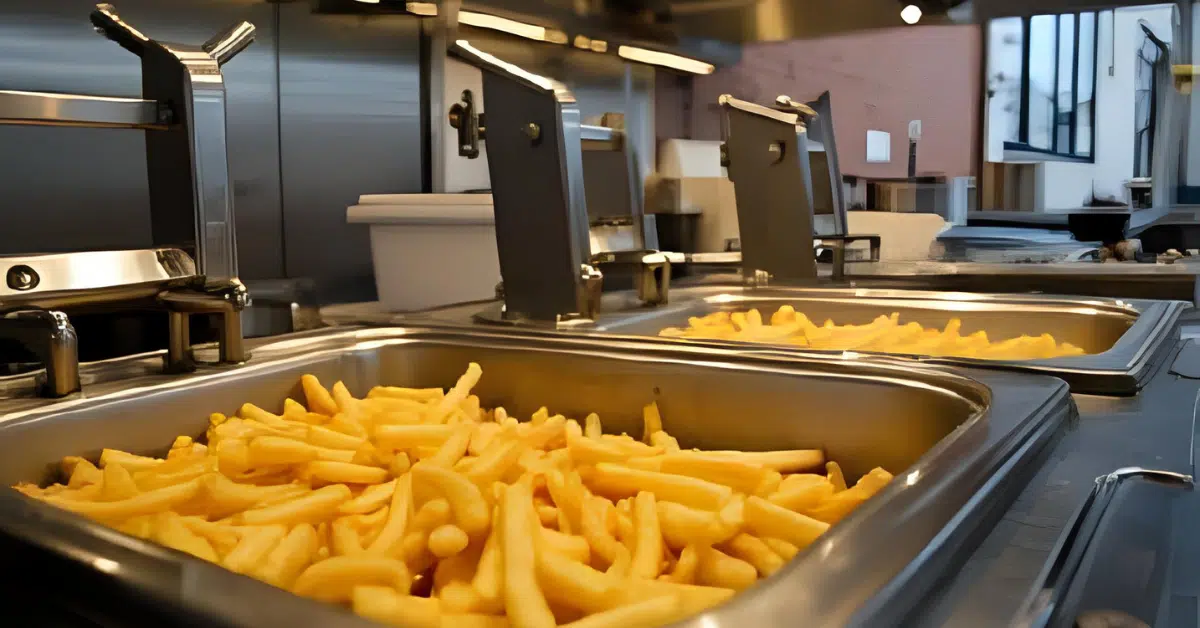Moving a piano to a new location can be challenging. If not done carefully, even minor cracks can damage it. This is why you need piano movers to do the job with dexterity for you.
But there is often a notion that you need to tune your piano after every move. In this blog, we will explore the validity of this statement. We will also talk about the precautions you need to adopt while moving your piano and settling in the new location.
Should you tune your piano after moving?
People often say that you need to tune your piano after every move because they are delicate. But it is far from true. Pianos are actually more robust than you imagine them to be.
After all, buggy and horses were used to transport them earlier. Contrary to popular belief, pianos are pretty robust. Therefore, transporting them across the room or a town will not put them out of tune. So, is the advice that you need to tune your piano after every move unnecessary?
No, the advice is correct, but the reason it holds is entirely different. The tuning of a piano depends on the room’s environment where you keep it. So, they need to travel in a climate-controlled environment to stay in tune.
Further, if you are transporting the piano over a long distance, the new location where it arrives may have a different environment. In such a scenario, your piano can go out of tune, and you will need to tune your own piano again.
The reasons why a piano can go out of tune after traveling long-distance boils down to two important factors- humidity and dryness. Let’s explore them one by one.
Humidity
If you don’t get professionals from a piano moving company to move your piano in a temperature-controlled van, the chances are that it can suffer damages. The atmospheric changes that the piano experiences during the move can have an impact on its tuning.
For instance, exposure to moisture can make the wooden elements shrink. Moisture can also loosen, shift or crack other parts. All these changes can make the piano go out of tune. Therefore, as pianos are made of extremely delicate materials, storing and transporting them in a temperature-controlled environment is essential.
Dryness
Even though humidity is the number one damage-inducing element for a piano, dryness can also cause significant wear to it. With the evaporation of internal moisture, the soundboard in the piano can begin to shrink. By losing moisture, some parts of the piano become vulnerable to cracking.
In fact, cracking of the parts due to dryness is quite a common occurrence in long-distance piano transportation. It is not possible to prevent cracks during transportation by avoiding temperature-controlled transport vehicles. Moreover, dryness can also cause the pitch to flatten and the glued joints to become weak.
Why is it necessary to tune your piano?
So, if you need to tune your piano after a long-distance move, the question arises, “how long should you wait?”. In this regard, it is essential to let the piano sit in the new location for at least two weeks before moving ahead.
Unless there are some issues that you need to address immediately, you should allow the piano to settle and acclimatize. However, it would be best not to wait too long as that may permanently damage the instrument. The piano can shift up or down in pitch if you fail to tune it on time.
It is better to contact a professional instead of attempting to tune your piano yourself. This is because you might not be able to notice the shift in pitch after the piano goes out of tune. In such cases, the professionals can retune your piano.
However, you can avoid all the hassle by taking small precautionary measures. Firstly, you can choose to travel early morning or late night to avoid temperature fluctuations while moving. You can also limit the exposure of the piano to high humidity or dryness by moving it in a temperature-controlled van.
And after you have moved it, wait for a couple of weeks before getting a professional to tune your piano.







